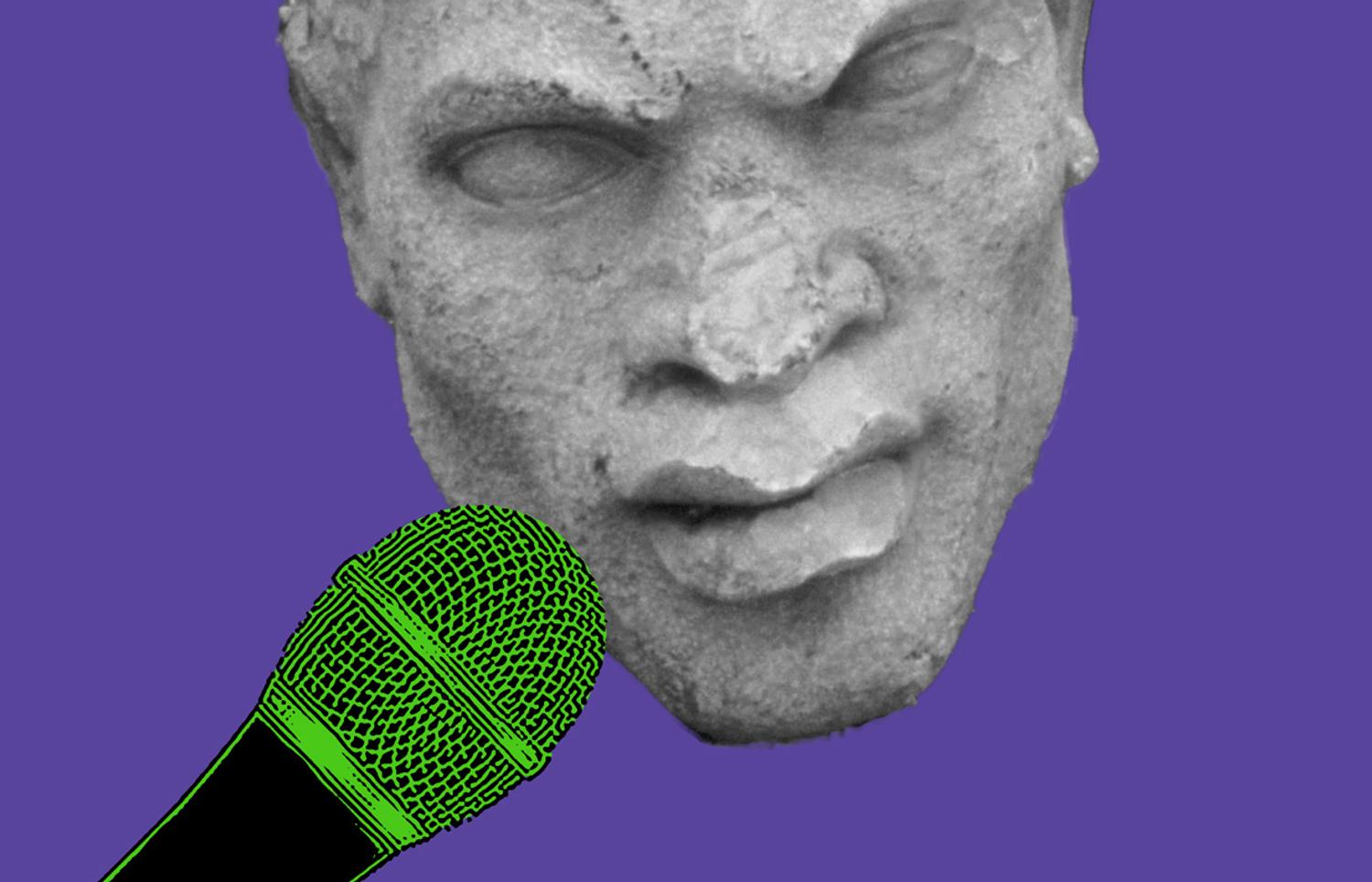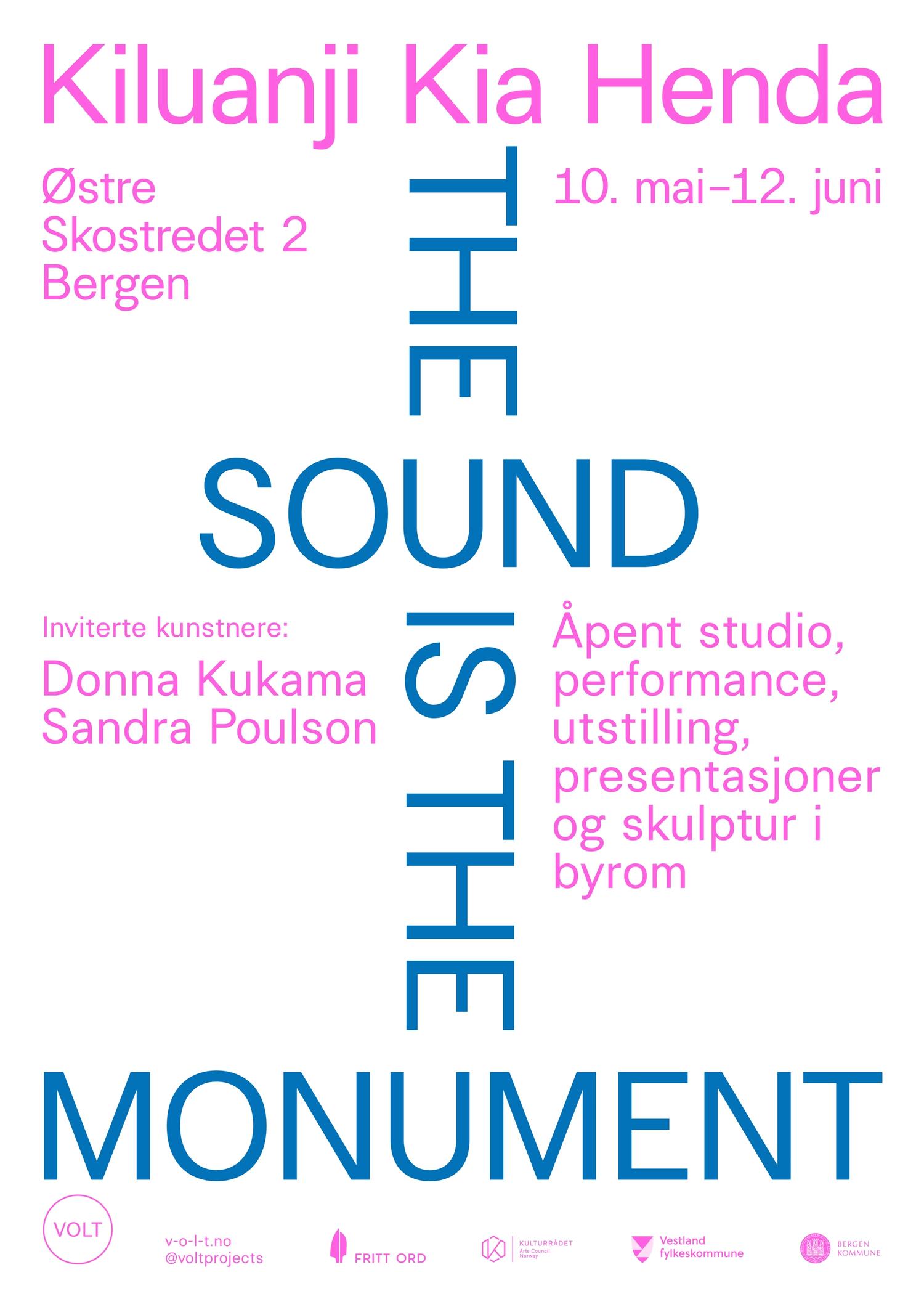The Sound Is the Monument is a project that consists of an open studio, performances, presentations, exhibition and a sound piece and sculpture in public space. For the project Kiluanji Kia Henda has invited two artists, Donna Kukama and Sandra Poulson, who will both present new lecture performances.
Monuments are a recurring element in the work of Kiluanji Kia Henda, influenced by the many empty pedestals he encountered during Angola’s civil war period. Colonial statues had been removed, and for long periods the pedestals reflected a void regarding a public reckoning with the country’s history. In the past, the artist has invited and documented performers occupying empty pedestals, narrated the trajectory of one single pedestal in Luanda that hosted five different statues, and led a ceremony for a symbolic decapitation of a king in the city of Lisbon. According to Kia Henda, “every city should have empty pedestals that could be customized regarding our passions, instead of having representations in cold stone of dead people that no one really cares about today and most of them are connected with wars or political power.”
This time round, The Sound Is the Monument. The first iteration of a series where the pedestals and the sounds will undergo variations is developed in Bergen. Monument in G Major transforms a geometric plinth from a potential pedestal into an acoustic box, in tune with a scale usually perceived as lighthearted and brilliant. Dozens of people in Bergen, will be invited to sing the G note (sol) once, in the octave they feel most comfortable in, until they run out of breath. The recorded voices will then be mixed and the resulting sound installed inside the pedestal, creating an audible frequency that is in itself the invisible monument. In Portuguese, Spanish and Norwegian, “sol” means sun, the star that rises for everyone. Kia Henda´s temporary outdoor monument is as inclusive and democratic as possible, while generating a meditative space around it devoted to the contemplation of the ways in which hegemonic narratives are crystallized in public space.
Kia Henda’s temporary outdoor monument The Sound Is the Monument performs a simplicity that is in stark contrast with the complexities of historical legacies. His acoustic gesture is made of breaths as deep as the lungs could hold, each one unique, each one worthy of being listened to—an optimistic choir of common people.

